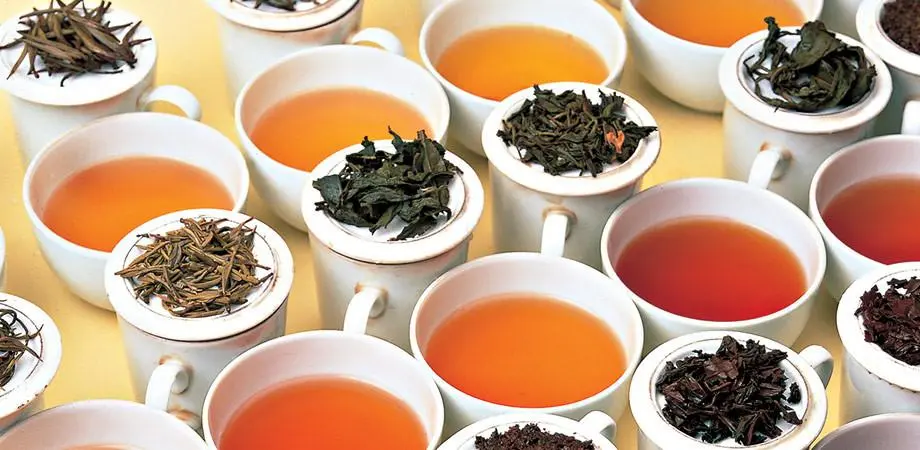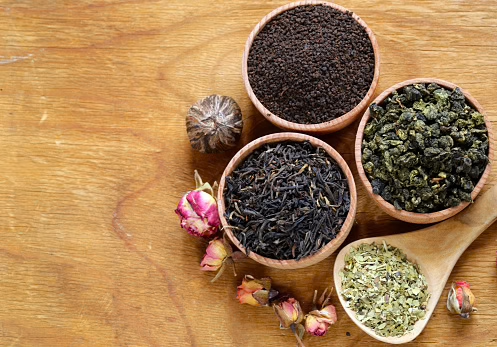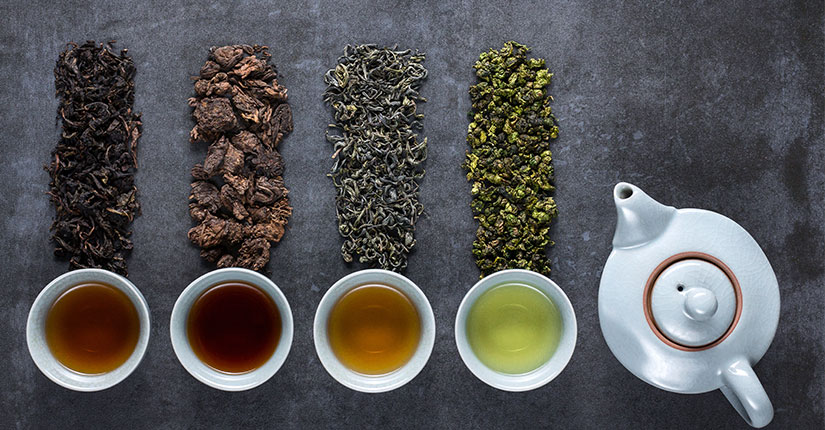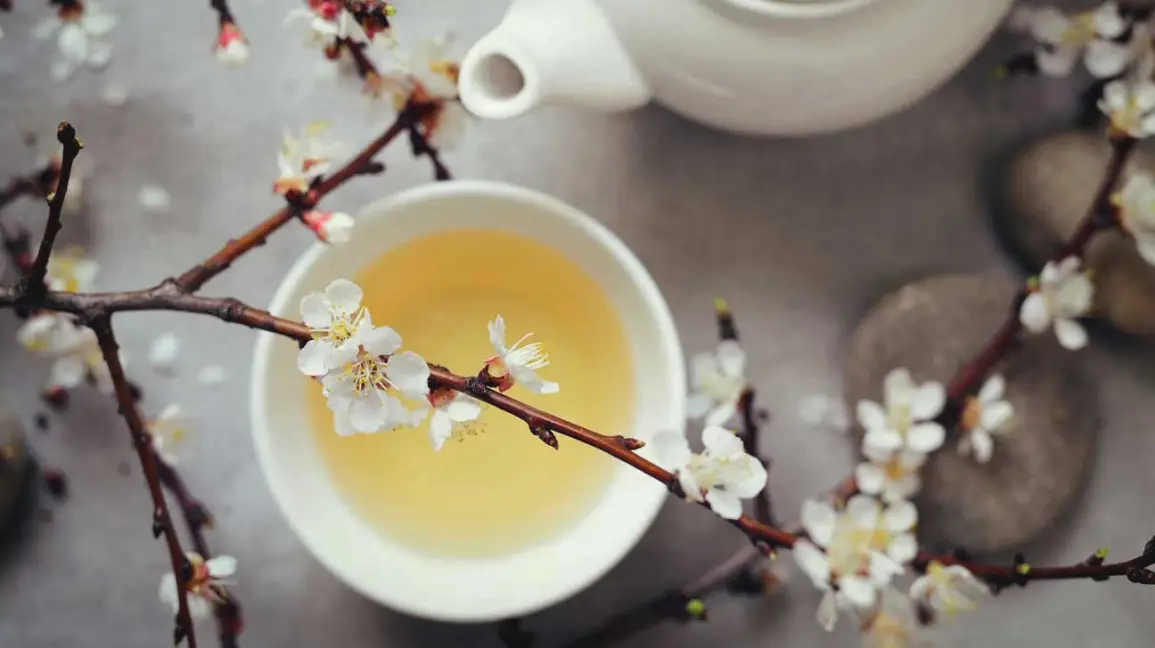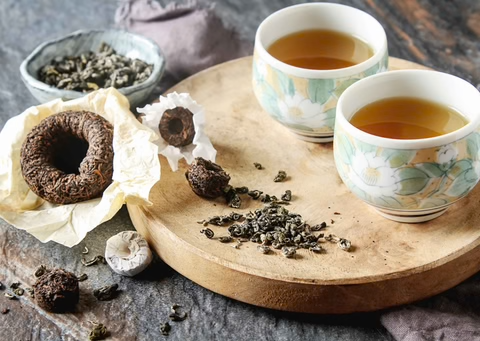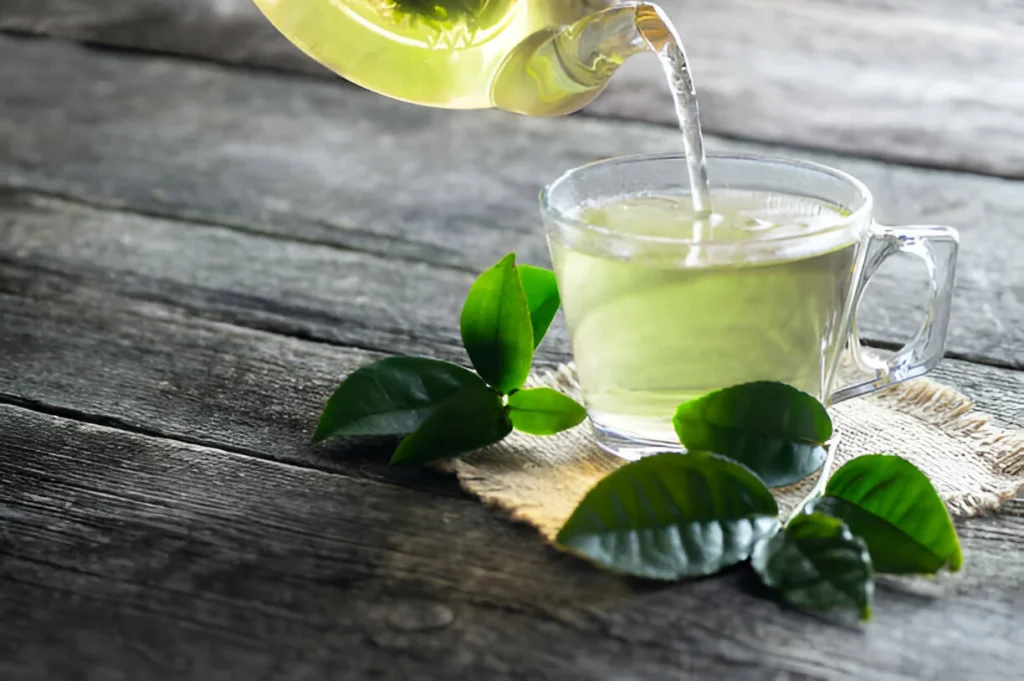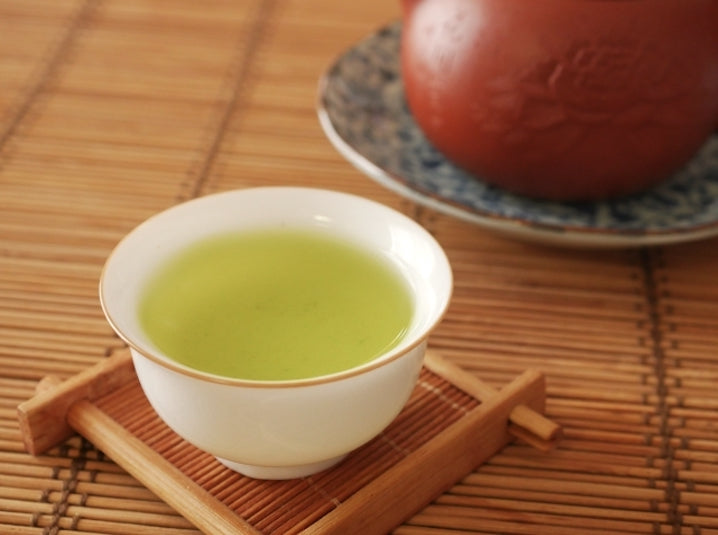Tea is a globally celebrated beverage that comes in six main types: white, green, yellow, oolong, black, and dark tea. Despite their differences, all these teas originate from the Camellia sinensis plant. What sets them apart is their unique processing methods, which influence their flavor, color, and health benefits. Let’s dive into the distinct characteristics of each type.
1. White Tea
- Processing:
- White tea is the least processed of all types.
- Leaves and buds are picked and naturally dried, with minimal oxidation.
- Often made from young buds, which give the tea its name and delicate flavor.
- Flavor:
- Subtle and mild, with hints of floral or fruity notes.
- Color ranges from pale yellow to light amber when brewed.
- Notable Varieties:
- Silver Needle and White Peony.
- Unique Feature:
- Its minimal processing helps retain high levels of antioxidants.
2. Green Tea
- Processing:
- Green tea is unoxidized. Leaves are quickly steamed (Japanese style) or pan-fired (Chinese style) to halt oxidation.
- Maintains its green color and fresh characteristics.
- Flavor:
- Japanese green teas, such as Sencha, have a fresh, grassy, and slightly seaweed-like flavor.
- Chinese green teas, such as Longjing (Dragon Well), offer a nutty, roasted profile.
- Health Benefits:
- High in catechins, like EGCG, known for their antioxidant properties.
- Brewing Tip:
- Use cooler water (65-85°C) to avoid bitterness.
3. Yellow Tea
- Processing:
- Similar to green tea but includes an additional step called “sealing yellow.”
- After pan-firing, leaves are wrapped in cloth to allow a mild oxidation, which mellows the grassy notes.
- Flavor:
- Sits between white and green tea in flavor, offering a smooth and slightly sweet taste.
- Rarity:
- One of the rarest tea types, often considered a delicacy.
- Notable Varieties:
- Jun Shan Yin Zhen from China.
4. Oolong Tea
- Processing:
- Semi-oxidized, with oxidation levels ranging from 15% to 85%.
- Leaves are withered, bruised, and rolled, which enhances flavor complexity.
- Often roasted for additional depth.
- Flavor:
- Lighter oolongs (e.g., Tie Guan Yin) are floral and sweet.
- Darker oolongs (e.g., Da Hong Pao) are robust, with hints of caramel, fruit, and spice.
- Versatility:
- Oolong teas can be re-steeped multiple times, revealing new flavors with each infusion.
5. Black Tea
- Processing:
- Fully oxidized, giving the leaves their dark color and rich flavor.
- After picking, leaves are rolled to expose enzymes to oxygen, allowing full oxidation.
- Flavor:
- Bold, robust, and malty, often with notes of caramel or dried fruit.
- Liquor ranges from amber to deep red.
- Notable Varieties:
- Assam and Darjeeling from India, Ceylon from Sri Lanka, and Keemun from China.
- Cultural Differences:
- Called “red tea” (hongcha) in Asia due to the color of its brew.
6. Dark Tea (Pu-erh and Heicha)
- Processing:
- Post-fermented, meaning the tea undergoes microbial fermentation after oxidation.
- Often compressed into cakes or bricks for aging.
- Can be naturally fermented over years (raw Pu-erh) or rapidly fermented in weeks (ripe Pu-erh).
- Flavor:
- Raw Pu-erh: Earthy, smooth, and slightly vegetal, maturing over time.
- Ripe Pu-erh: Rich, deep, and coffee-like, with a pronounced earthy flavor.
- Notable Varieties:
- Pu-erh from Yunnan, China, is the most famous dark tea.
What Sets These Teas Apart?
The primary difference lies in oxidation and processing:
- Oxidation: Ranges from minimal in white and green teas to full in black teas, with oolong and dark teas falling in between.
- Processing Techniques: Unique steps like steaming, rolling, roasting, or fermenting create the distinct flavors and aromas associated with each type.
Conclusion
The six types of tea—white, green, yellow, oolong, black, and dark—offer a diverse array of flavors, aromas, and health benefits. Each type is a testament to the artistry of tea production, reflecting centuries of tradition and craftsmanship. By understanding the differences, tea enthusiasts can appreciate the unique qualities of each tea and explore a world of flavors.
The Six Types of Tea: A Comprehensive Guide
